Later this spring, the largest emergence of periodical cicadas is expected, not seen in over 200 years!
They’re coming! Black insects with scaly looking wings and beady red eyes will descend upon us wreaking havoc. Sound like a science-fiction movie trailer for a horror film at your local theater? No, but to some it may seem to be a real-life one.
The truth is that up to one trillion cicadas are expected to emerge from the ground across portions of the Midwest and Southeast U.S. later this spring.
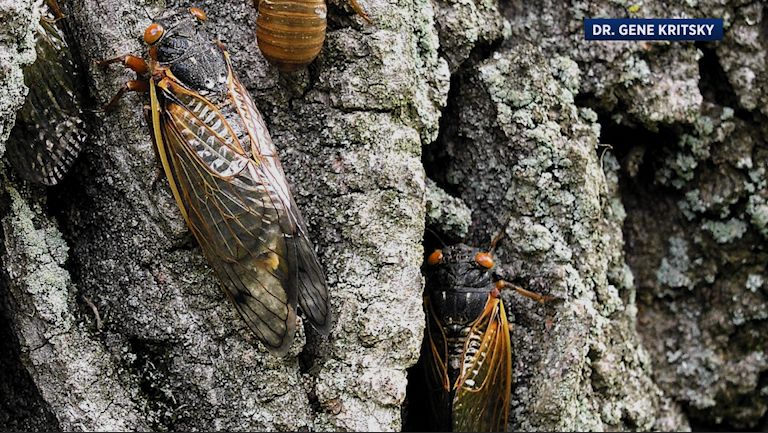
Cicadas climbing up trees and molting
Why so many this year? It just so happens that two groups of cicadas known as broods will emerge at the same time - Brood XIX, or the Great Southern Brood (red dots), and Brood XIII, or the Northern Illinois Brood (blue dots). Not since 1803 has Brood XIX’s 13-year cycle and Brood’s XIII 17-year cycle aligned during the same year and it won’t happen again for another 221 years!
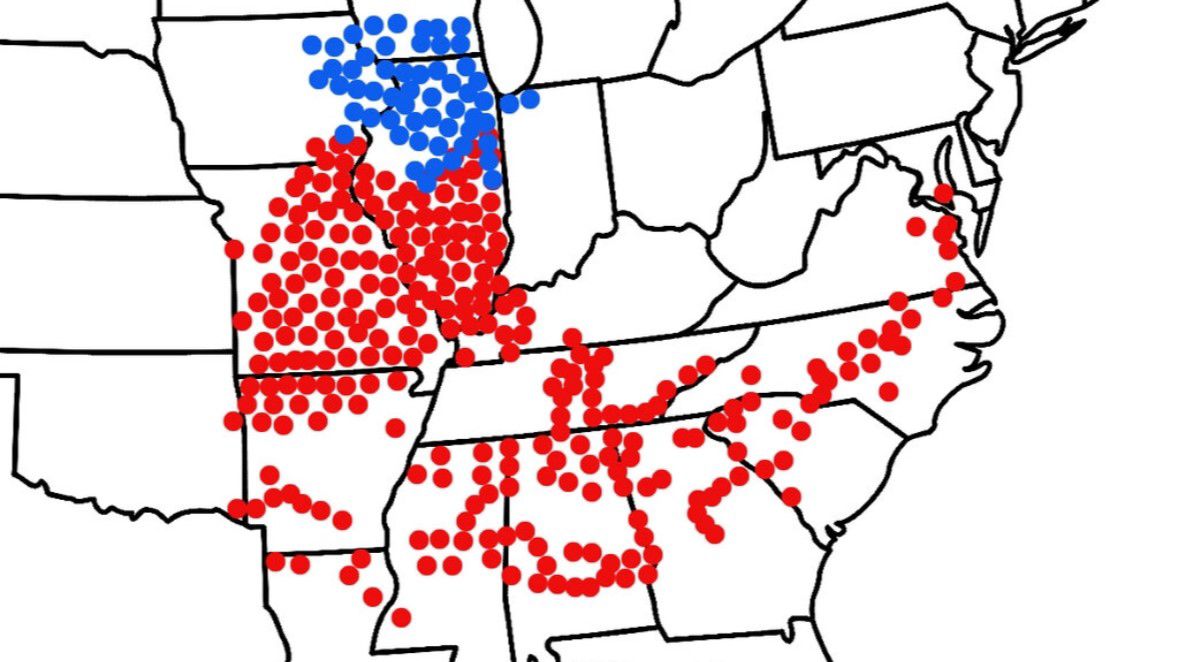
Gene Kritsky, Mount St. Joseph University
Starting in late April, these cicadas will emerge from their burrows and climb up trees and other objects where they then molt and later fly around seeking a mate.
This process lasts for approximately six weeks. Folks in portions of Louisiana, Arkansas, Alabama, Mississippi, Georgia and South Carolina will be the first to notice them. Then portions of North Carolina, Tennessee, Missouri, Illinois and Kentucky will see them next and finally portions of Indiana, Iowa and Wisconsin.
Cicadas are certainly not uncommon. These clumsy-flying big bugs come out every summer with their familiar screech in the woods during the evening hours. These types are known as annual cicadas. The other type, the ones that will appear later this spring, are known as periodical cicadas.
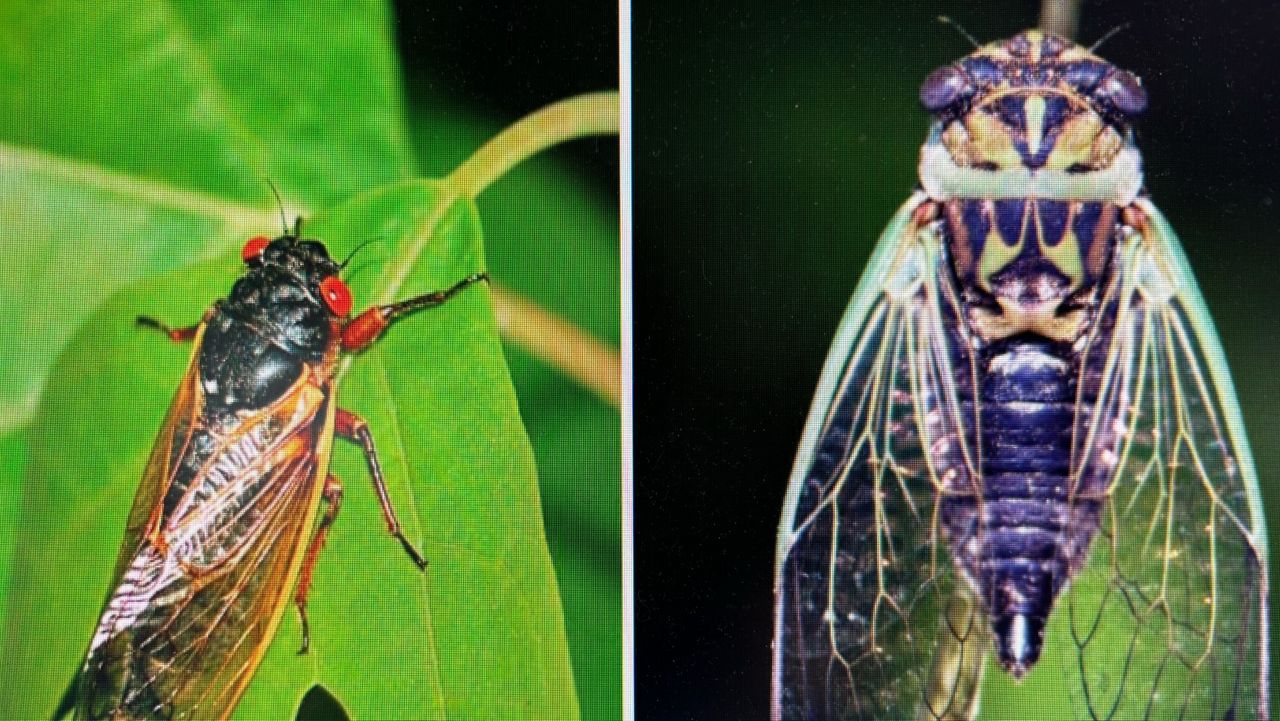
Periodical Cicada left/Annual Cicada right
Cicadas don’t bite or sting and don’t carry diseases. In fact, they are very beneficial for the ecosystem. Once they die, their decaying bodies are an excellent natural fertilizer.
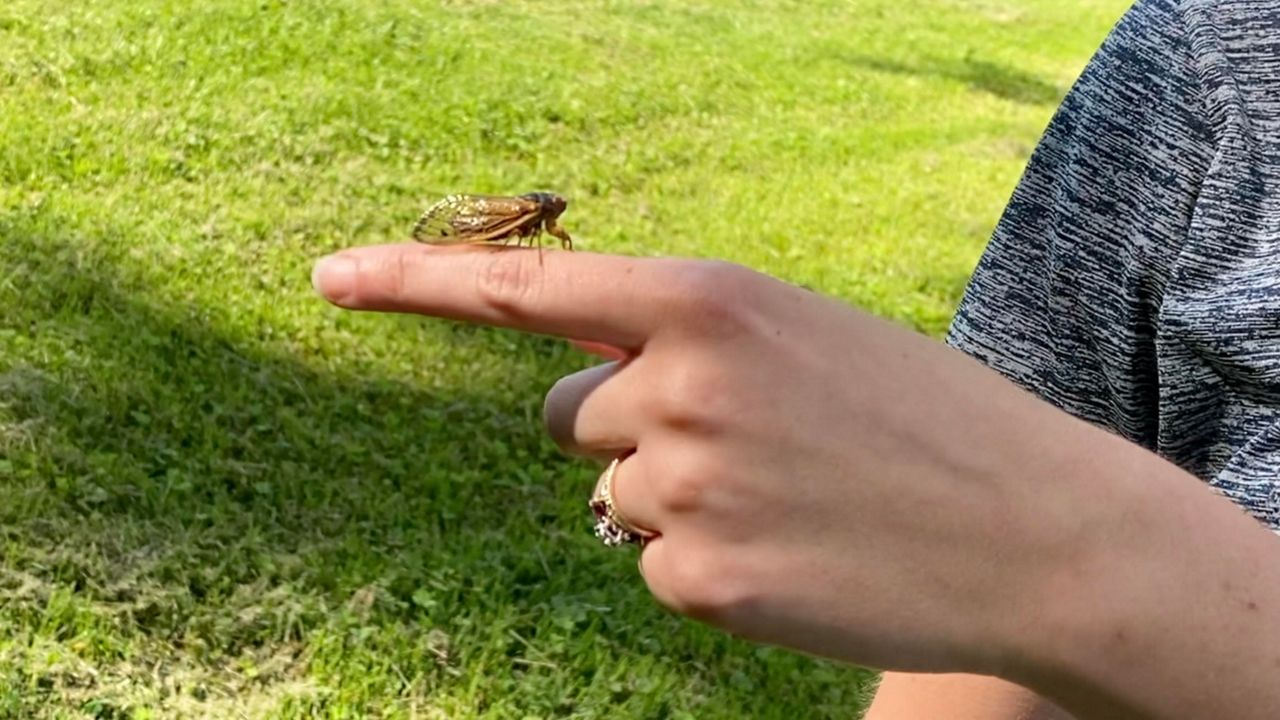
The advice from experts is to leave the bugs alone and let them do their thing and appreciate this rare natural event for what it is.
If you are repulsed by the notion of gross, big bugs all over the place, keep in mind it will only last six weeks and won’t come around again to a lesser degree for another 13 to 17 years. Also, maybe cutting back on watching horror movies may help too.
Our team of meteorologists dives deep into the science of weather and breaks down timely weather data and information. To view more weather and climate stories, check out our weather blogs section.




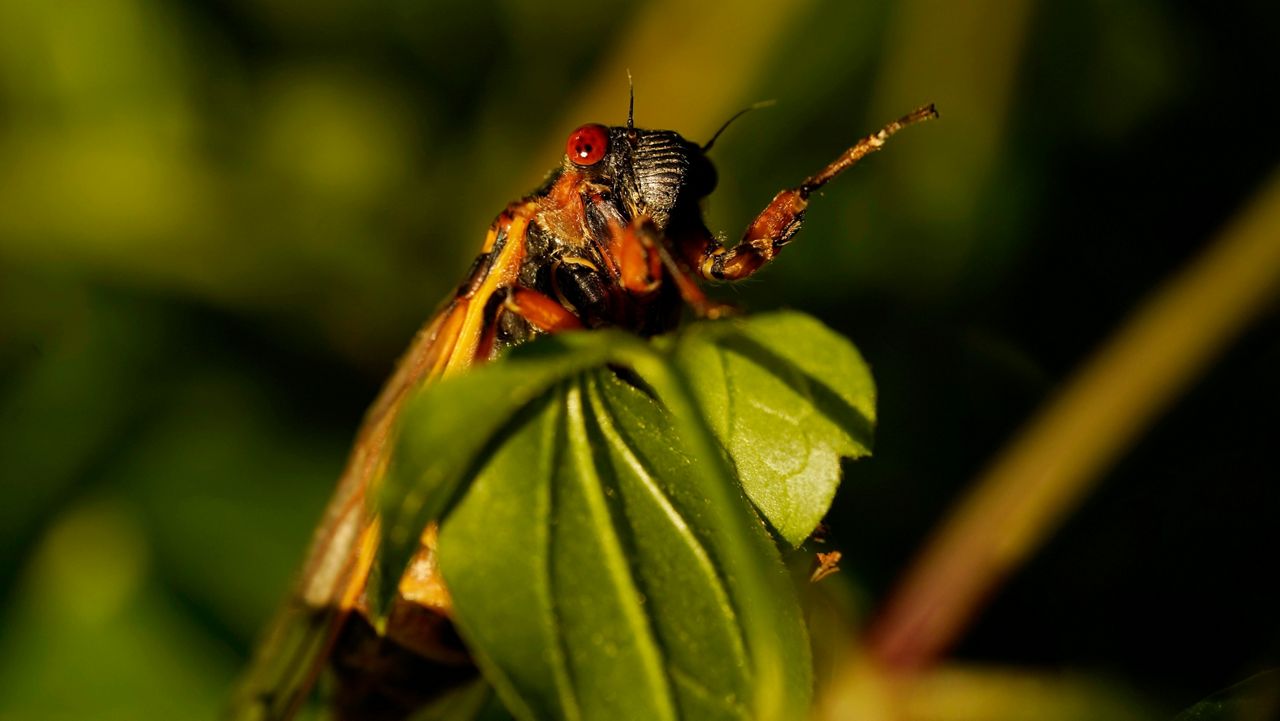
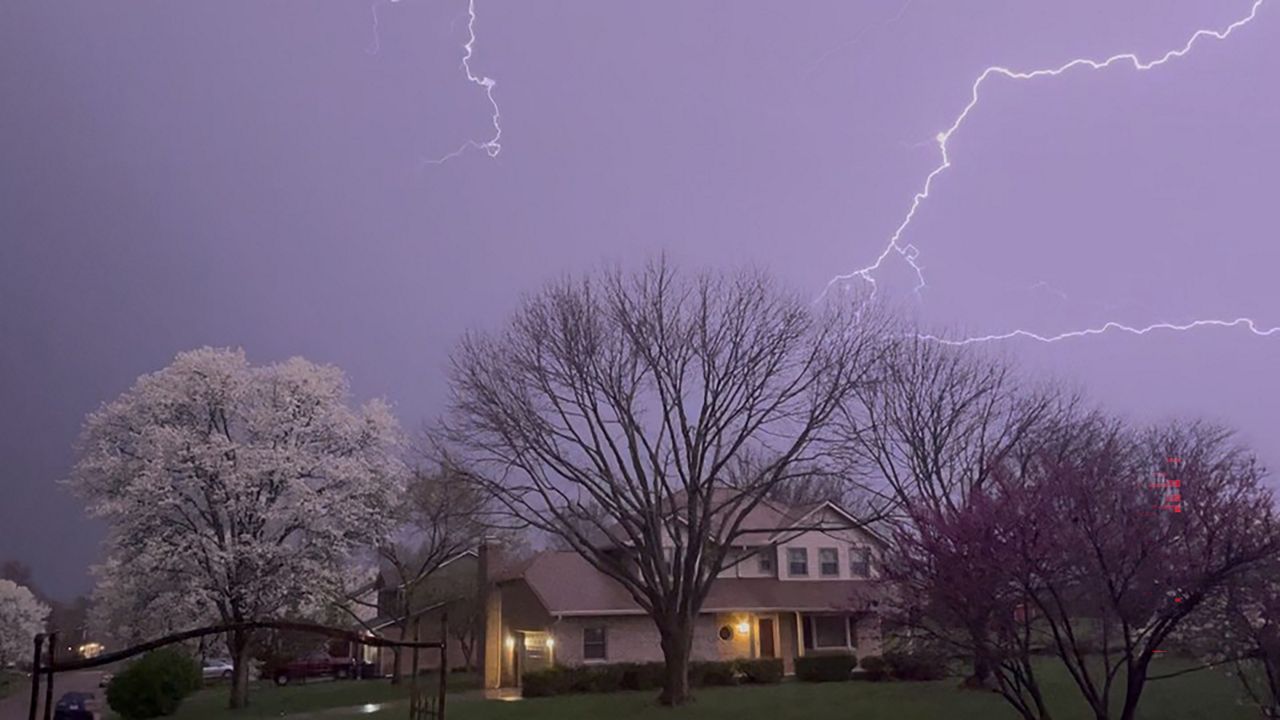
)

